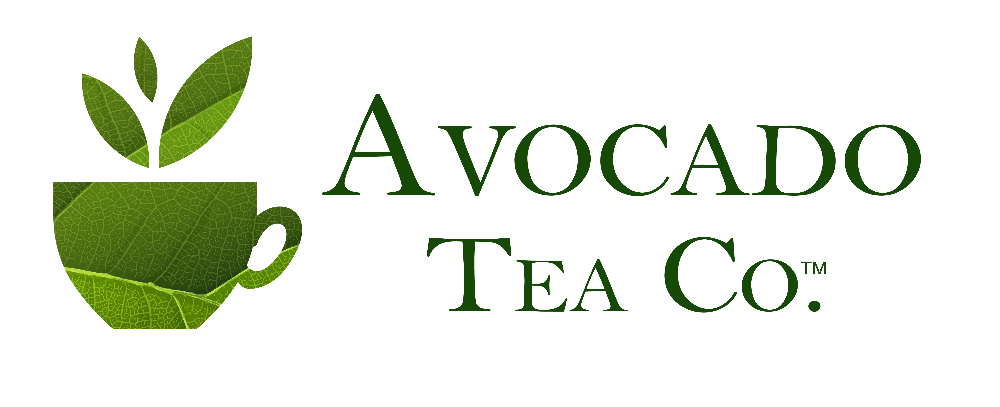HOW INFECTIONS ARE NORMALLY TREATED IN U.S.
Most infections are treated in the U.S. through the use of antibiotics and certain kinds of pain relief medications. However, when antibiotics began increasing in popularity when they were first introduced for the medical market many did not anticipate the negative side effects that would begin to occur when continuously prescribing patients. Antibiotic resistance occurs when bacteria change in response to medicine. This is a problem because either stronger antibiotics need to be prescribed or antibiotics lose effectiveness. Many common infections are becoming harder to treat which is a problem many healthcare providers are struggling with now. However, some doctors are looking to herbal medicines to see if a cure can be found.
MEDICINAL PLANT HISTORY - AVOCADO LEAF
Avocado leaves have been used for centuries as an herbal remedy specifically in Latin America and Africa. The history behind plants being used for medicine dates back to hundreds of years ago. There were many documents passed from generation to generation to explain which plants were used for what ailments. However, medicinal plants have taken a back seat to modern medicine and became less frequently acknowledged for how effective they were. Considering the numerous health benefits, tree and plant leaves are increasing in popularity and more scientists have begun to research their medicinal prosperities to implement into modern society.
ANTIOXIDANT AND ANTIMICROBIAL PROPERTIES OF AVOCADO LEAVES
Scientists from the Department of Chemistry at Kwame Nkrumah University of Science and Technology in Ghana got together to do research about the avocado leaf and its antimicrobial properties and effects on infections. This study was done in 2015 and released in Journal of Medicinal Plants Research the benefits of using avocado leaves for the management of infections.
To test the antimicrobial properties of the leaves 24 petri-dishes with various organisms, including a fungus and bacterial strains, were used. There were four different concentrations of the extract: methanol, ethyl acetate, chloroform and petroleum ether extracts were used to determine which one was most effective.
To determine the antioxidant levels of the avocado leaf extract, the decomposition of hydrogen peroxide method was used. This was done by combining avocado leaf extract and hydrogen peroxide using different concentrations of the extract. Then the antioxidant levels were determined by how much decomposition of the hydrogen peroxide occurred.
The results of the antimicrobial test concluded that methanol was, overall, most effective against the strain B. Subtilis. Second, the results from the antioxidant activities of the avocado leaf extract concluded that there are antioxidants in the extract that benefit against stress related diseases. Lastly, the scientists were able to extract amazing phytochemicals which can be extremely beneficial to the body.

The conclusion stated
“Phytochemical screening of the leaves of P. americana showed the presence of tannins, flavonoids, saponins, terpenoids, steroids, alkaloids and glycosides. The antimicrobial activities of…extracts of P. Americana leaves…were tested against B. subtilis, E. coli, S. typhi, S. aureus, P. aeruginosa and C. albicans. All the extracts were potent against the test organisms…Of all the extracts, methanol extracts showed the highest antioxidant activity. This research has confirmed the antimicrobial and antioxidant properties of the leaves’ extracts of P. americana.”









